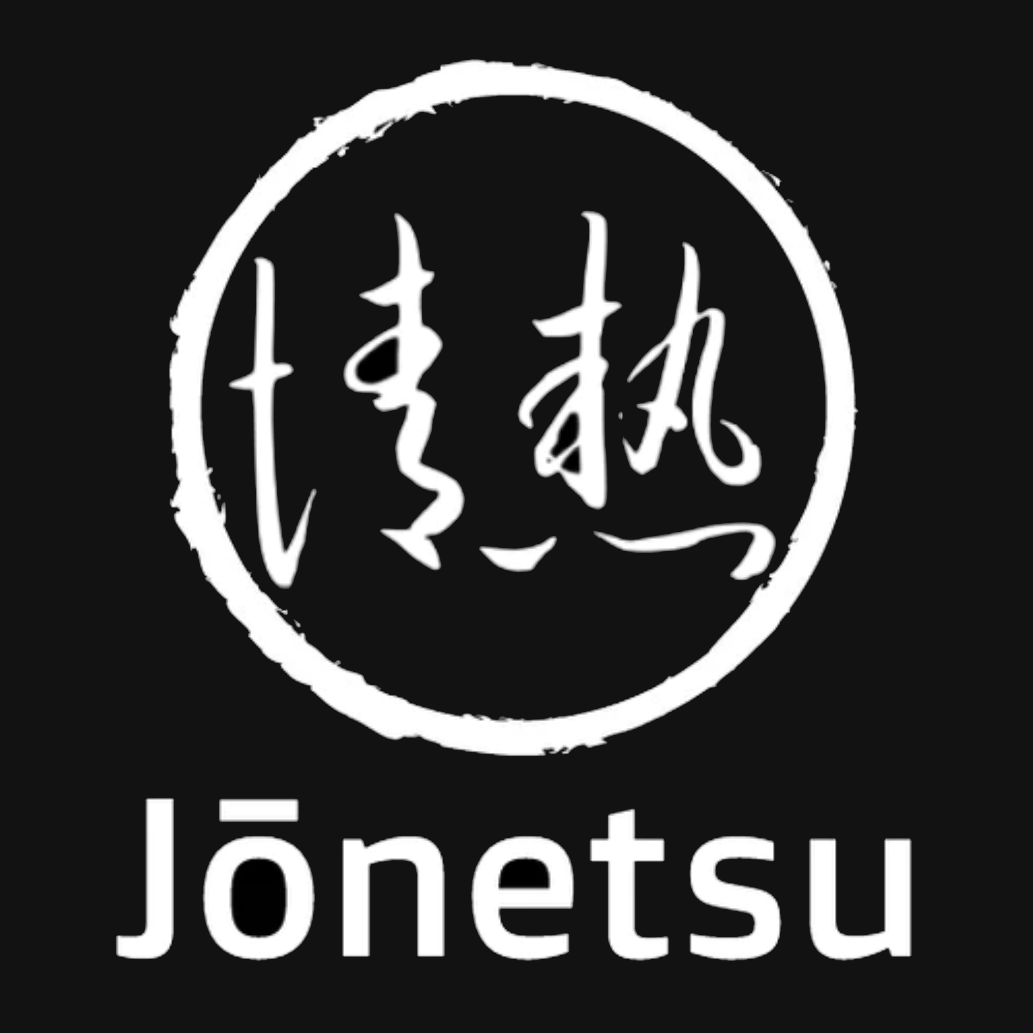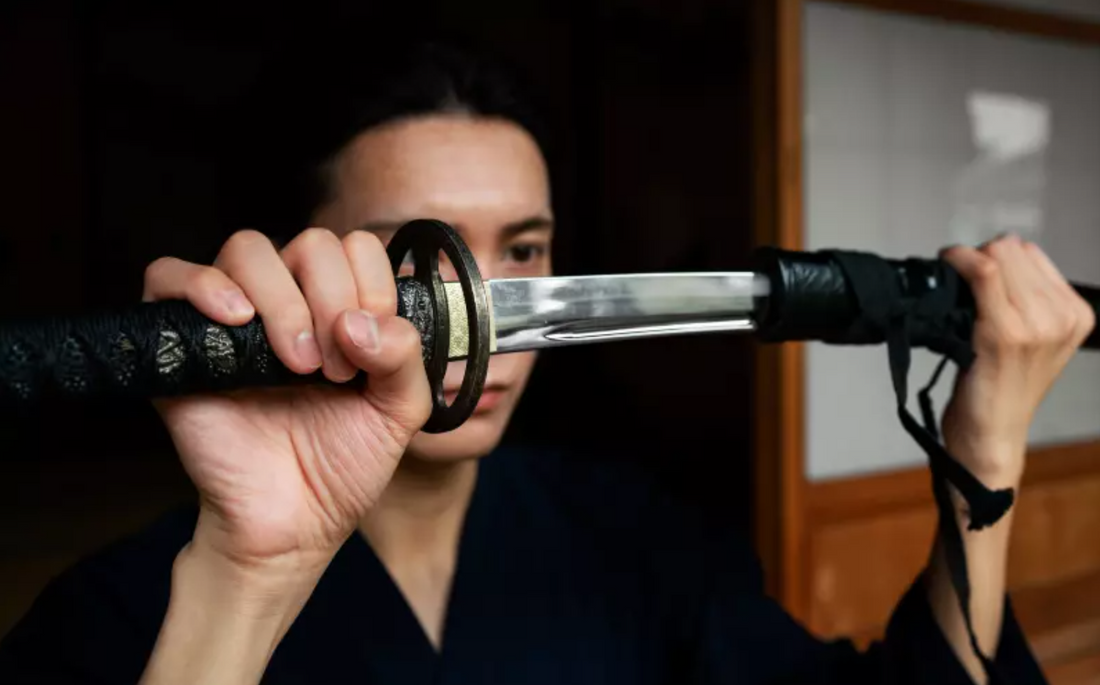Introduction:
Japanese kitchen knives, also known as hōchō (和包丁), are renowned worldwide for their precision, sharpness, and exquisite craftsmanship. Behind these exceptional blades lies a rich history and legacy of Japanese knife making and blade smithing that spans centuries.
In this article, we wanted to take you on a journey and dive deep into the fascinating journey of Japanese kitchen knives, exploring their origins, evolution, and the enduring traditions that have made them from the waists of daimyos (大名) and samurai (侍), to the hands of Michelin Star chefs and the kitchens of homecooks across the world.
The Birth of Japanese Kitchen Knives:
The history of Japanese kitchen knives can be traced back to traditional Japanese swords, the most popular of which is the "katana." Blades in Japanese culture have historically represented more than just tools, serving more as artworks, status symbols, and even objects of spiritual importance. Katanas which adorned the belts of daimyos (大名) and samurai (侍) were not only weapons, but also statements of their owners' importance within society. As a result, the sword smiths poured incredible attention to their craft, treating each piece as artistic creations of tremendous importance.

During the tumultuous Kamakura period (1185-1333 AD), an era of war and strife within Japan, the authorities designated Sakai City as the production hub for the crafting of samurai swords. To ensure quality, renowned swordsmiths from across the land were summoned to take up residence in Sakai and engage in the production of these weapons. The government's decree dictated that only the most proficient masters could forge tamahagane samurai swords, blades crafted from the highly sought-after Japanese steel, ensuring the utmost quality and craftsmanship.
Evolution through the Edo Period:
During the Edo period (1603-1868 AD), Japan experienced a prolonged era of peace and stability. This period ushered in significant advancements in metallurgy and blade-making techniques, leading to the further advancement of the craftsmanship of the swordsmiths in Sakai City. Blades became thinner, lighter, and more specialized for various uses, and blacksmiths honed their skills, perfecting the art of creating blades that could achieve unparalleled sharpness and precision.
Meiji Restoration - From Katanas to Kitchen Knives:
As Emperor Meiji (明治天皇) toppled the rule of the Tokugawa shoguns, the Meiji Restoration sought to modernize Japan and both in terms of culture and society. As a part of the transformation, the samurai class was replaced by the rise of the professional army. As their power and prestige declined, the demand for artisanal swords began to shrink as well.
In an effort to maintain their livelihoods, the craftsmen of Sakai City began using the swordsmithing skills they have perfected over generations to craft a different type of blades: kitchen knives. From the use of high carbon steel to the tempering of blades to reinforce structural durability, the Japanese kitchen knives of today are the spiritual descendants of the katana that once adorned the warrior class of Japan.

The Birth of Regional Styles:
As Japanese cuisine diversified, the explosion of different cooking techniques necessitated the development of different and more specialized kitchen knives. To meet this new demand, regional variations in knife making emerged. While notable regional styles developed in places like Seki City in Gifu Prefecture, which became known for cleavers and Santoku knives (三徳包丁), Sakai City, Osaka remained the most renowned place for Japanese kitchen knives, where generations of knowledge have made their artisans the definition of exceptional craftsmanship and sharpness.
Jõnetsu is proud to be working with the amazing craftsmen of Sakai City for all the knives we offer to our customers.
The Influence of Japanese Culture and Tradition:
Japanese knife making is deeply intertwined with the nation's culture and traditions. The concept of "wabi-sabi" (わび・さび), which values the beauty of imperfection and simplicity, is reflected in the minimalistic and elegant designs of Japanese kitchen knives.
In Japanese culinary traditions, a chef is considered to have reached a level of maturity when they possess not only the skill to wield their knife effectively but also the knowledge for its proper upkeep. Hence, once their daily culinary endeavors finishes, a chef diligently hones and polishes their cherished blades, nurturing it over the years as if it were an integral extension of themselves.
Over time, this tradition has engendered the belief that a tool which has faithfully served its owner for many years becomes imbued with a spirit. Consequently, it has given rise to the custom where a broken, time-worn knife is tenderly laid to rest in a hocho-zuka (包丁塚), a designated mound for kitchen knives. This act symbolizes deep gratitude for the years of dedicated service the knife has provided to the chef, and serves as a solemn plea for enhanced proficiency in the culinary arts, a form of blessing bestowed upon the chef for their show of respect.

Blade Materials and Construction:
One of the defining characteristics of Japanese kitchen knives is the choice of materials. High carbon steel, known as "hagane" (鋼) which is also a catch-all word for steel in Japanese. The high carbon content of the steel compared to stainless steel or other varieties provides the material superior strength and durability, resulting in exceptional durability and the ability to hold a sharp edge for much longer than other cutlery.
Types of Japanese Kitchen Knives:
Japanese kitchen knives come in a wide variety of styles, each designed for specific tasks. Some popular types include:
- Gyuto Knife (牛刀) - Resembling a Western chef's knife, the Gyuto is excellent for a range of cutting tasks.
- Deba Knife (身卸刀) - Ideal for fileting fish and seafood.
- Yanagiba Knife (柳刃) - Perfect for precision slicing of sashimi and sushi.
- Kenmuki Knife (剣ムキ) - Specifically designed for chopping vegetables with ease.
- Santoku Knife (三徳包丁) - A versatile, all-purpose knife for slicing, dicing, and chopping
The Modern Era:
In recent decades, Japanese kitchen knives have gained global recognition, finding their place in professional kitchens and home kitchens worldwide. Chefs and cooking enthusiasts appreciate their precision and performance, as well as the undeniable aesthetic of their gorgeous designs.
Unfortunately, with its rise in popularity, the Japanese kitchen knife market also became saturated with cheap knockoffs and imitations, mass produced in factories using low quality steel but selling for the same prices (or higher) as handcrafted Sakai knives. The telltale sign of such imitations include:
- Colorful handles - traditional Japanese kitchen knives mostly use minimally treated high quality wood, devoid of colors such as blue, red, green, or purple that only comes with colored resin.
- Uniformity in shape - due to the handcrafted nature of Japanese kitchen knives, each blade will have minor variations. Things like uniform straight edges are a characteristic give away of machine sharpening.
- “Damascus steel” - damascus steel is a fascinating material archeologists have discovered from ancient Persia to India, however, it has only been successfully reproduced in research labs, and never been used in Japanese kitchen knives. Businesses claiming to sell “Japanese knives” made with “damascus steel” are simply lying about its material to charge a higher price to uninformed buyers.

Preserving the Craftsmanship:
Japanese knife making remains a labor-intensive and highly skilled craft, a crystalise of knowledge passed down through generations. In an era of mass production, our craftsmen’s dedication to handcrafting each knife is a testament to their enduring respect for those who came before them.
Conclusion:
The history and legacy of Japanese kitchen knives are deeply rooted in culture, tradition, craftsmanship, and an unwavering commitment to excellence. These blades continue to be celebrated for their precision, sharpness, and the cultural heritage they represent. Whether used by professional chefs or home cooks, Japanese cutlery stands as a symbol of culinary artistry, a testament to the enduring spirit of craftsmanship, and a bridge connecting the past to the present in the world of cooking.
If you are as passionate about Japanese kitchen knives as we are, why not check out the selection of handcrafted knives we have on offer? Straight from Sakai City to your kitchen!

